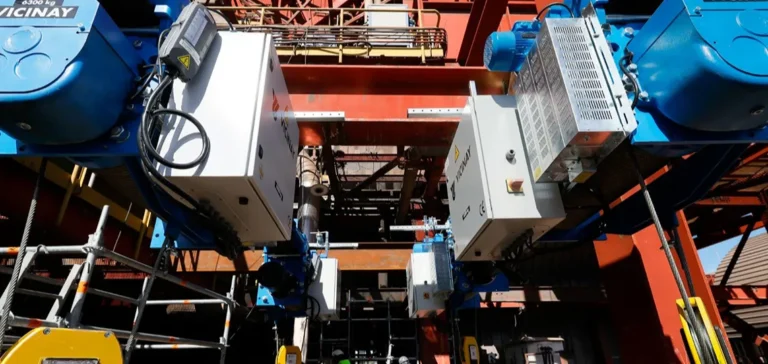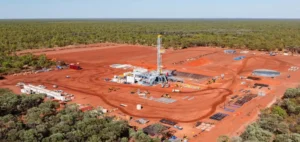The Aboño power plant in Asturias has reached a key milestone with the conversion of its Unit 2 to natural gas, marking the end of coal operations at this strategic site. More than 600 people and 80 companies took part in the project, which required detailed planning and 400,000 work hours over a total period of 18 months. The shutdown and subsequent restart of the unit were managed to maintain the continuity of electricity production in the region.
Equipment upgrade and maintenance operations
The project focused on transforming the boiler, which is now adapted for the use of natural gas and blast furnace gases. The turbine group and its auxiliaries underwent a complete overhaul after 73,000 hours of operation since the last major maintenance. The denitrification unit received technical upgrades to optimise the reduction of nitrogen oxide emissions, while the gas holder and steel gas pipelines were inspected.
The entire fuel supply system was revised, with 30 coal burners replaced by burners compatible with natural gas and hydrogen, and the adaptation of steel gas burners. Over 15,000 welds were made, including 3,000 on the boiler alone, highlighting the scale of the technical maintenance work carried out.
Project organisation and operational safety
The conversion required the simultaneous coordination of a large workforce and the management of multiple partner companies. During the most active phase, the interaction of participants and the complexity of tasks required more than 800 safety inspections, reflecting the focus on occupational risk prevention.
From an industrial perspective, the Aboño plant now operates with a capacity above 500 MW, surpassing the project’s initial forecasts. Unit 1 remained available throughout the works, ensuring the stability of the Asturian electrical system during the modernisation.
Maintenance and conversion operations also led to improved environmental performance, with a reduction of almost 100% in particulate emissions, 90% for sulphur oxides, 80% for nitrogen oxides, and an average 30% decrease in CO₂ emissions. Since its commissioning in September 1985, Unit 2 has generated 131,625 GWh, covering the equivalent of all households in Gijón for 250 years.






















